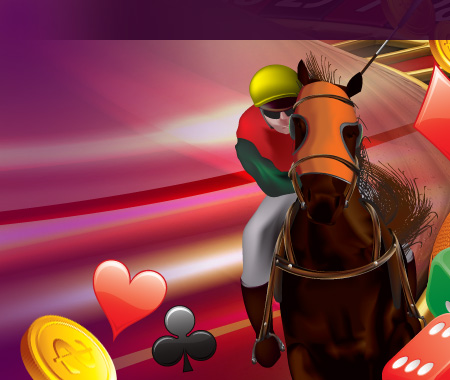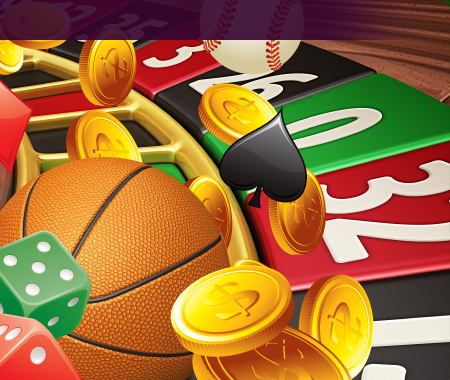Four Card Poker
Dear Mark,
A while back you wrote a very informative column on Three Card Poker. I have noticed there is what looks like the same game called Four Card Poker.
Any chance you can write about their similarities and/or differences? Jim F.
Your question, Jim, is one of many I have received of late regarding Four Card Poker. So today, I'll address the generalities of the game, with a future column focused on a game plan to lower the house edge.
Rehashing Three Card Poker: it's a poker-based game that uses just three cards per hand and is played on a blackjack table. Its major differences from poker are that no further cards are drawn, and players do not compete against each other, but rather against either the dealer, or against a posted payout schedule.
Four Card Poker has some similarities to Three Card Poker, Jim, but as its name suggests, four cards make your final hand instead of three. Furthermore, there is no dealer qualifying hand as in Three Card. You get one additional card to make your best 4-card hand, and you can raise your ante up to three times. However, the hook, and you knew there would be one, is that the dealer gets one extra card to form his or her best hand. Thus, all players begin with five cards to make their best 4-card hand, and the dealer starts with six.
Four Card Poker offers three ways to play. You can bet against the dealer, wager on the value of your own hand against a paytable, or both.
When playing against the dealer, game called the Ante wager, the object is to beat the dealer's four-card poker hand with your own four-card poker hand. Once you place an Ante wager and view your hand, you can either fold, or, if you believe your hand is strong enough to beat the dealer's, you make a Play wager. This bet can be from one to three times the value of the Ante bet. If the dealer's hand is higher than the player's, both the Ante and Play bets lose. If the player's hand is higher or equal to the dealer's, then both bets are paid even money. A player who has at least a three-of-a-kind or better is paid a bonus, regardless of the value of the dealer's hand.
Based on the amount of ante, the Bonus paytable, which can vary from casino to casino, is as follows:
- Four-of-a-kind: 25 to 1
- Straight Flush: 20 to 1
- Three-of-a-kind: 2 to 1
When playing against the paytable, (aka Aces Up, similar the Pair Plus in Three Card Poker), the object is to receive a pair of aces or higher. If your hand contains at least a pair of aces, you automatically win the Aces Up wager regardless of the dealer's hand.
Again, depending upon the casino, here is your typical Aces Up paytable:
- Four-of-a-kind: 50 to 1
- Straight Flush: 40 to 1
- Three-of-a-kind: 8 to 1
- Flush: 6 to 1
- Straight: 5 to 1
- Two pair: 2 to 1
- Pair of aces or better: 1 to 1
As you can see, Jim, the player who bets both the Ante (including Play) and Aces Up, is playing against two paytables with different payoff criteria. Also, the Ante and Aces Up wagers do not have to be the same amount, and players can wager anywhere from the table minimum to the table maximum allowed on either spot. However, the Play wager can be only one to three times the amount of the Ante.
I'm bustin' my word-limit here, Jim, so a more detailed column on strategy and the house edge, which is based on paytables and play, is in the offing. For now, memorize these simple rules for a head start.
- Fold with less than a pair of 2s.
- Raise one unit with pair of 3s-9s.
- With a pair of 10s or greater, raise the maximum, three units.
FROM OUR EMAIL
- Black Jack Tips
- Craps Strategies
- Four Card Poker
- Jacks or Better Basic Strategy
- Roulette Strategies
- Slot Machine Strategies
- Video Poker Tip



